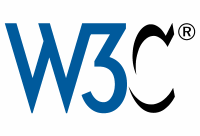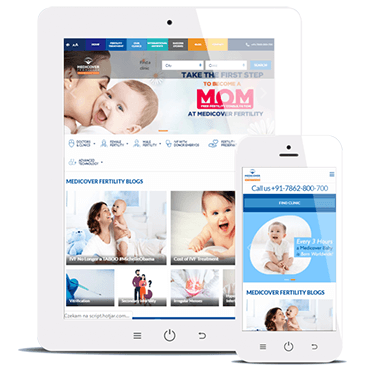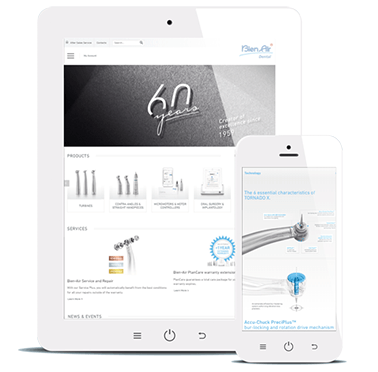
- +48 17 860 21 86 (internal135)
- k.baran // ideo.pl
The group that benefits from such an approach of building websites are the elderly and disabled people. It should not be forgotten that this group is significant part of Internet society, and, at the same time, potential customers, users, and consumers.
The "Act on the digital accessibility of websites and mobile applications of public entities" has been in force in Poland since 2019.
In addition to a set of guidelines listed in the Act, public entities are required to post digital accessibility declarations on their websites. For public entities specified in the Act, compliance with WCAG 2.1 rules (at least AA level) is mandatory.
Administrators of other websites are being granted more flexibility in this aspect. However, adapting to the needs of users is a practice that facilitates the access to it a wider range of potential Customers and helping to build a positive image of the company.
What is WCAG?

WCAG (Web Content Accessibility Guidelines) is a set of guidelines and good practices that help less skilled users and people with disabilities to navigate on websites.
These principles have been developed by the World Wide Web Consortium (W3C), which is responsible for the creation of international standards of web development.
They propose solutions that make websites easier to use. The first version of the WCAG standard appeared in 1999. Subsequently, almost 10 years later, in 2008, version 2.0 was published. It contained a number of new rules and guidelines.
The websites compatible with this standard were to specify the transmission of non-textual and audiovisual content, the way of contrast adjustment, provide the possibility of using the website with special keyboard shortcuts, or changing the size of the text.
The most recent version of WCAG 2.1 was introduced in 2018. It consists of all the guidelines from previous versions and improved rules, especially for 3 groups of users:
- visually impaired,
- people with cognitive dysfunctions,
- mobile devices users.
Does your website fulfil the requirements?
| The compliance with the rules of WCAG is not so much an obligation, but a good habit. |
Companies specializing in the design of useful and user-friendly websites also offer audits that examine the compliance of the website with the WCAG 2.1 regulations.
Ideo offers advanced tools and long-term experience in creating and analysing websites, also in terms of WCAG 2.1. In this context, our offer is addressed mainly to public authorities, for which compliance with these guidelines is mandatory.
We do always prepare a comprehensive report which is a summary of the conducted audit. It consists not only of recommendations of the required changes but also improvements that are worth introducing to enhance the quality of the service.
Reliable IT partner
Ideo offers the knowledge and long-lasting experience which enable us to implement projects fully compliant with WCAG standards.
This has been confirmed by numerous post-implementation audits, and independent ranks which analyse the websites availability.
In the audit of the usability of website' services developed by Grant Thornton International, the NFZ (Eng. National Health Found) website, which we have implemented turned out to be the best in the category "Administration - state websites".
"Our clients' web services were compared to the websites and portals of the largest companies and state institutions. Being in such an excellent group and obtaining high ratings, can be considered as a confirmation of the highest quality of our services." – says Marcin Wojtoń, Commercial Director at Ideo.
For the implementation of the stat.gov.pl portal for GUS (Polish equivalent of CSO) which was conducted in accordance with the WCAG standard, we have received 2 Webstars in the category of "Public administration".
On the other hand, the information-oriented portal for KRRiT in the "Website without Barriers" contest has been considered as the best in the category of public entities' websites with more than 100 subpages.
Contact us









